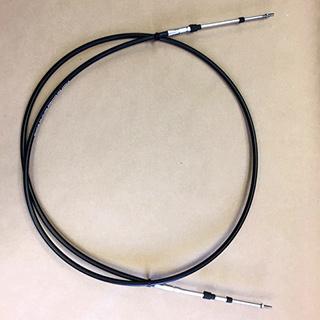Three years back I installed an Aqualarm, low flow alarm on my Yanmar 2GM. I never really thought about it, but over time at idle the alarm would go off and I would merely need to bump the throttle a smidge to get it to stop. Yesterday I finished changing out my badly clogged mixing elbow and the low flow alarm did not go off at idle. Ergo, it now will serve as my mixing elbow alarm, when it starts going off at idle, its time to check the elbow! Who knew? Here is a link to the Aqualarm. I think this is the size I put in.
https://aqualarm.net/cooling-water-...4.html?zenid=48b33ea652c807433b25ff5cc31f7569
https://aqualarm.net/cooling-water-...4.html?zenid=48b33ea652c807433b25ff5cc31f7569

